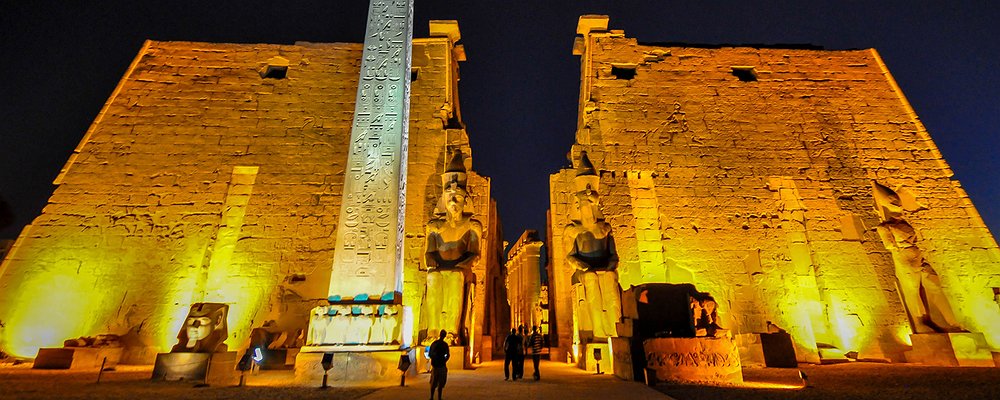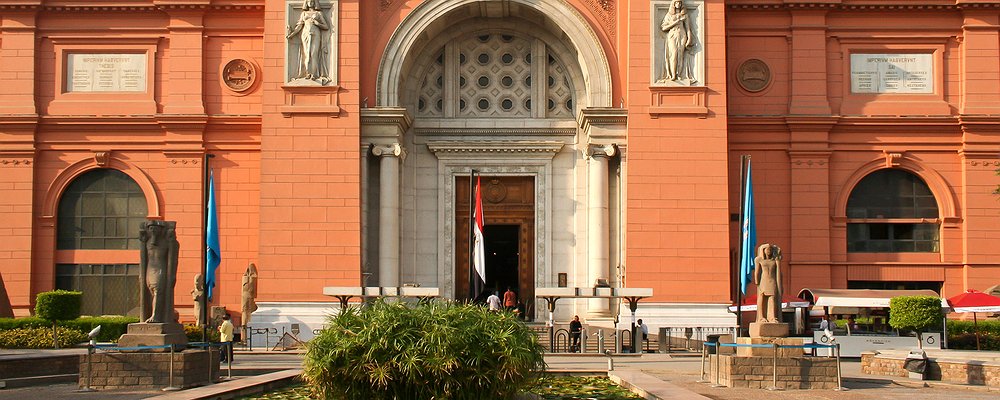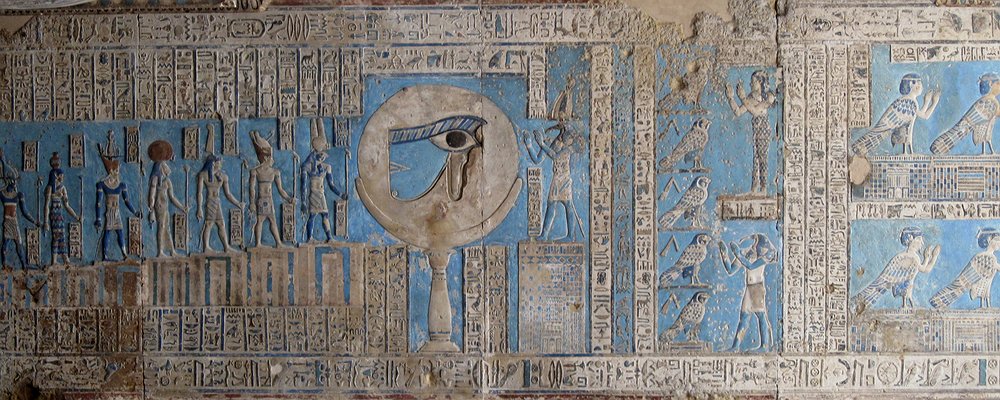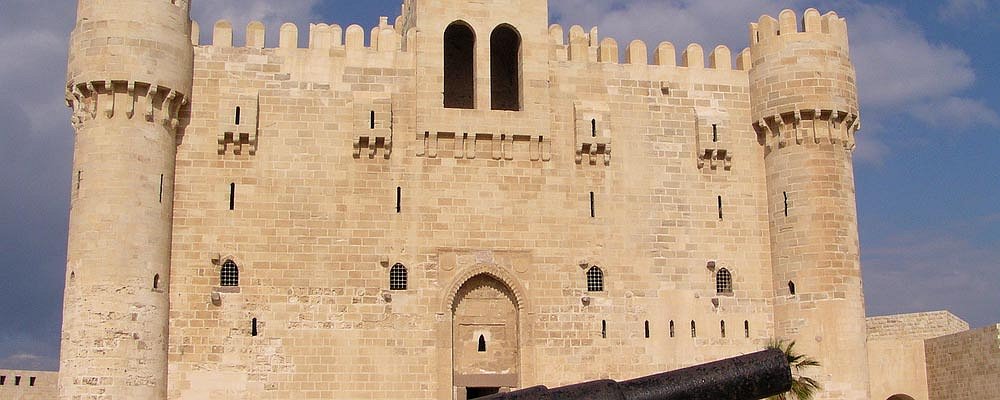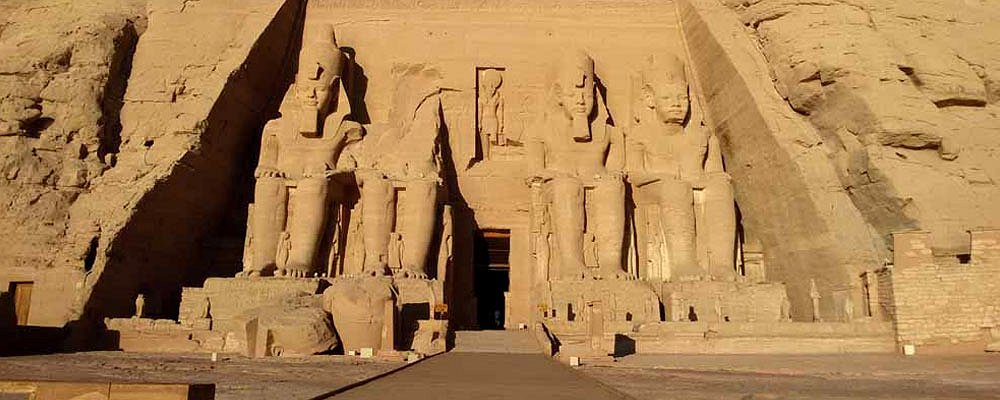Luxor was humming with guests who rushed to the Upper Egyptian town to commend its National Day, back on November, which corresponds with the discovery of tomb of the pharaoh Tutankhamun in 1922.
For the current year, the Ministry of Antiquities praised the occasion with the opening of five tombs on the west bank of the Nile: three close to the town of Qurnet Marei and two in the Valley of the Kings.
The tombs have been restored taking after harm to their inward depictions because of mugginess. The dividers and roofs of the tombs have been combined and the canvases cleaned. New ventilation and lighting frameworks have additionally been introduced.
"The initiation of these tombs not just demonstrates the service's dedication to saving antiquated Egyptian legacy, additionally to giving more vacationer destinations," Said Minister of Antiquities.
He said that the three tombs at Qurnet Marei were being opened interestingly since their discovery, adding that they fit in with three aristocrats from the eighteenth Dynasty: the tomb of Tutankhamun in Kush and legislative head of the Southern Lands, Amenhotep Huy "divine father of Amenhotep III's royal residence"
Amenhotep Huy Tomb
Amenhotep Huy held different titles, including "lord's emissary to each land." His wife was Taemwadjsy, head of the collection of mistresses of Amun and of Tutankhamun.
In spite of the fact that the tomb is little, it is painted with vivid scenes demonstrating the aristocrat welcomed by devout minister of Nebkehperure Khay and with his sibling, wife and youngsters. One scene demonstrates a gathering of Nubian figures watching his funerary gear being moved to the tomb. There is additionally a reference to a sanctuary named "Fulfilling the Gods" in Nubia, yet this has not yet been found.
The tomb of Ameneminet
The tomb of Ameneminet is a little sanctuary formed tomb in Qurnet Marei. In spite of the fact that it is fragmented, it is in an excellent condition of preservation. Its dividers are brightened with scenes portraying Ram side craftsmanship, which does not regard accurate extents, a normal for the tombs of the end of the nineteenth Dynasty.
The tomb was found in 1917 by Lecomte du Nouÿ. A second tomb, of Amenemhab, with which it has the same patio, was additionally revealed in the meantime. The tomb of Amenemhab, one of Thutmose III's officers, bears reliefs portraying fights in incredible subtle element. Amenemhab shows up in energetic battling scenes, removing the tummy of a horse, for instance.
The imperial tombs in the Valley of the Kings
The imperial tombs have a place with Haremhab and Thutmose III. Haremhab was the last pharaoh of the eighteenth Dynasty and his tomb was revealed by British Egyptologist Edward Ayrton, who worked with American Theodore Davis..
The tomb has an alternate design style from different tombs from the eighteenth Dynasty. It doesn't utilize the canine leg development and has painted bas-reliefs instead of straightforward painted dividers. Parts from the antiquated Egyptian Book of Gates show up in the embellishment of the tomb's dividers. The sarcophagus is cut in red quartzite and has a broken top.
There are various quirks in Haremheb's tomb that incorporate an incline in the internment chamber from the main pair of columns to the progressions of the sepulcher, a second arrangement of stairs prompting the grave, and a lower storeroom underneath the entombment chamber's extension.
The tomb of Thutmose III
The tomb of Thutmose III is thought to be a standout amongst the most advanced in the Valley of the Kings and was found by Victor Loret. The tomb is cut in the high bluff confronting the valley, and has a lofty hallway that leads down in a puppy leg shape from the passage past a profound well to a trapezoidal vestibule. Beside the waiting room is the internment chamber, which has four little side-chambers. The sarcophagus is cut in stone.
The dividers of the tomb have recognized improvements, among them the most punctual known adaptation of the Amduat, followed on a yellow-tinged foundation and delineating the divine beings as straightforward stick figures. The Litany of Ra additionally shows up in the internment chamber.





